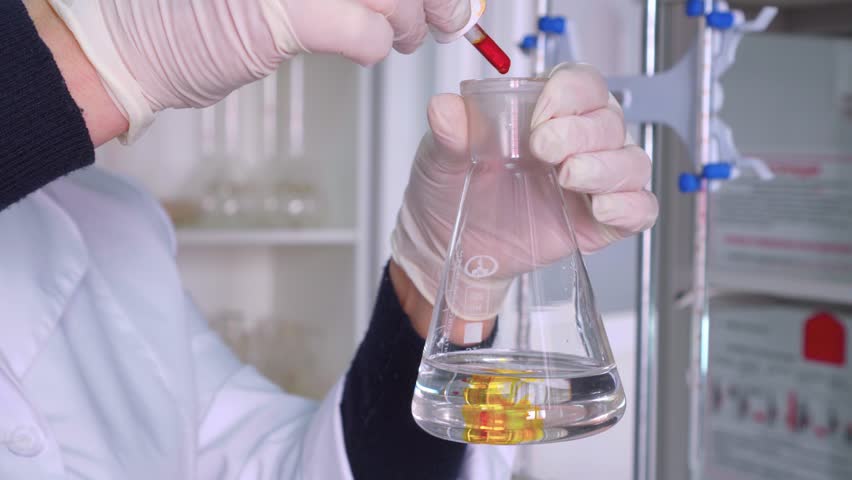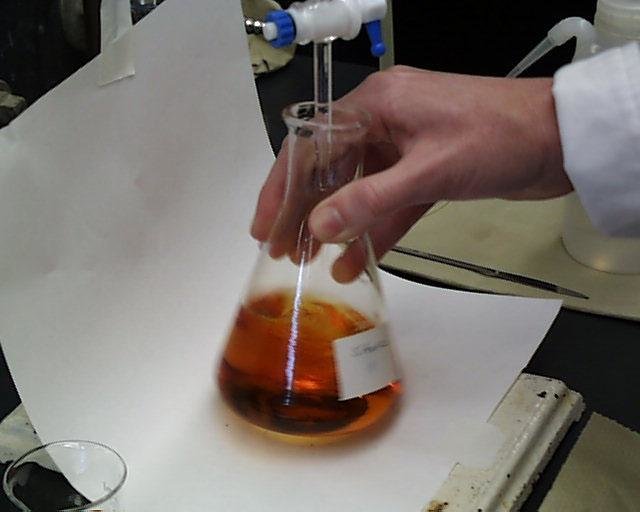Detect residual chlorine in water by iodometry
发布时间:2021/5/11 9:11:05 来源:贯奥仪器仪表 作者:便携式多参数水质分析仪器 阅读次数:
Residual chlorine in water is commonly used as a disinfectant, usually in the form of liquid chlorine. After liquid chlorine interacts with microorganisms, bacteria or reducing substances in the water, the amount of chlorine remaining in the water is called residual chlorine, which includes free available chlorine and Compound available chlorine. For drinking water, proper residual chlorine can inhibit the growth of bacteria, but excessive residual chlorine can have an impact on human health. Therefore, the country has strict requirements on the residual chlorine content of the effluent of water plants and the end water of the residents' pipe network. Today, I will talk about how to detect the residual chlorine in the water by iodometry.

1. Classification of residual chlorine in water
Free available chlorine includes hypochlorous acid (HOCL) and hypochlorite (OCL-). In the water disinfection process, after chlorine is dissolved in water, these two substances are quickly generated.
Compound available chlorine is a complex mixture of inorganic chloramines (NHCL) and organic chloramines (RNCL). If the raw water contains NH3·H2O, chloramine will be generated after adding chlorine. At this time, free available chlorine and combined available chlorine exist in the water at the same time, so the determination of residual chlorine in water quality should include free chlorine and combined chlorine.
my country requires chlorination and disinfection of drinking water, the content of free chlorine should not be less than 0.3mg/L after the chlorine has been in contact with water for 30 minutes, and the terminal water of the pipe network should not be less than 0.05mg/L. Chlorinating disinfection of urban miscellaneous water requires more than 1.0mg/L after 30 minutes of contact, and the content at the end of the pipe network should be greater than 0.2mg/L.

2. Detect residual chlorine in water quality
In an acidic solution, the residual chlorine in the water reacts with KI to release the equivalent stoichiometric I2. At this time, using the starch solution as an indicator, titrate with a Na2S2O3 standard titration solution until the blue color of the solution disappears. Calculate the content of residual chlorine in the water from the consumed Na2S2O3 standard titration solution. The calculation formula is as follows:
cV1*35.45*1000/V water
If the water sample contains a large amount of NO2, Fe, Mn, it will cause certain interference, we can use acetic acid buffer solution to buffer the water sample to pH 3.5-4.2 to eliminate these interferences.

